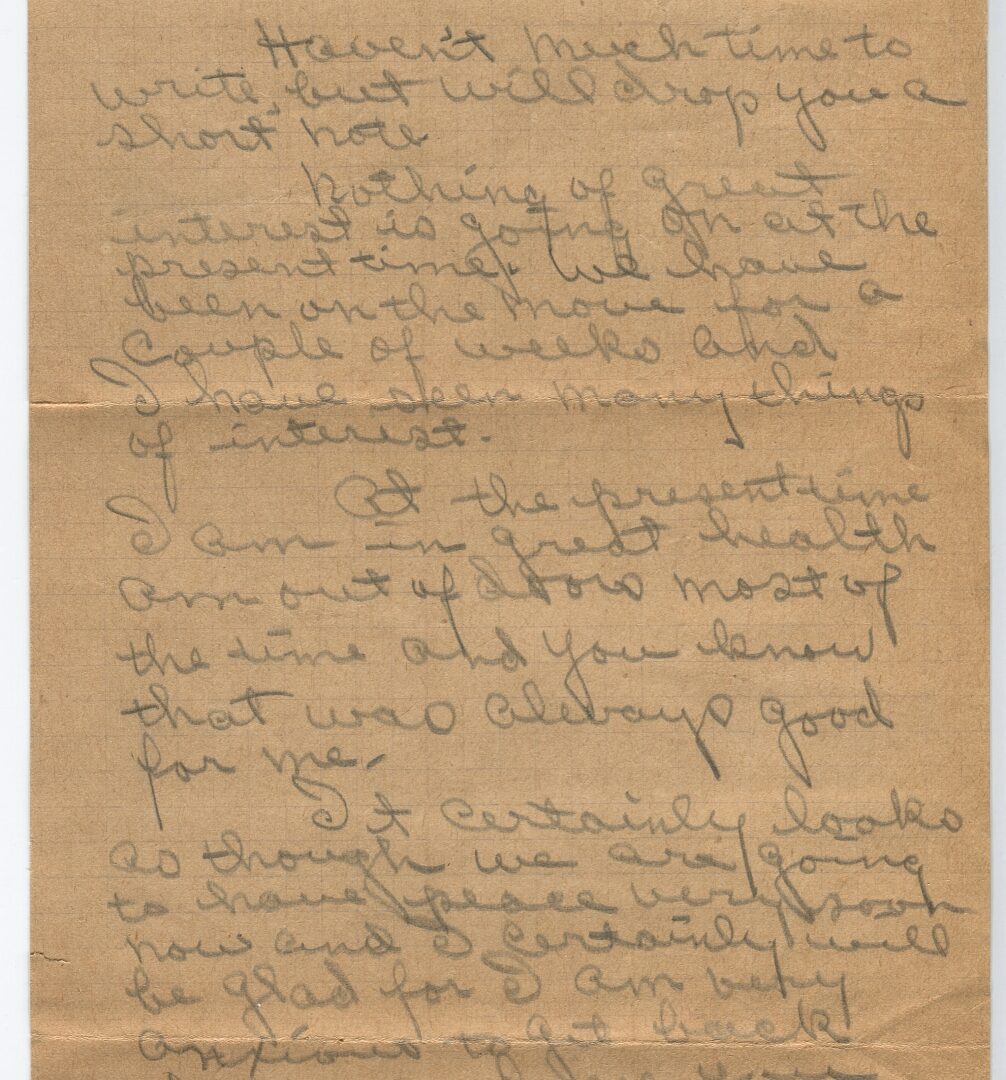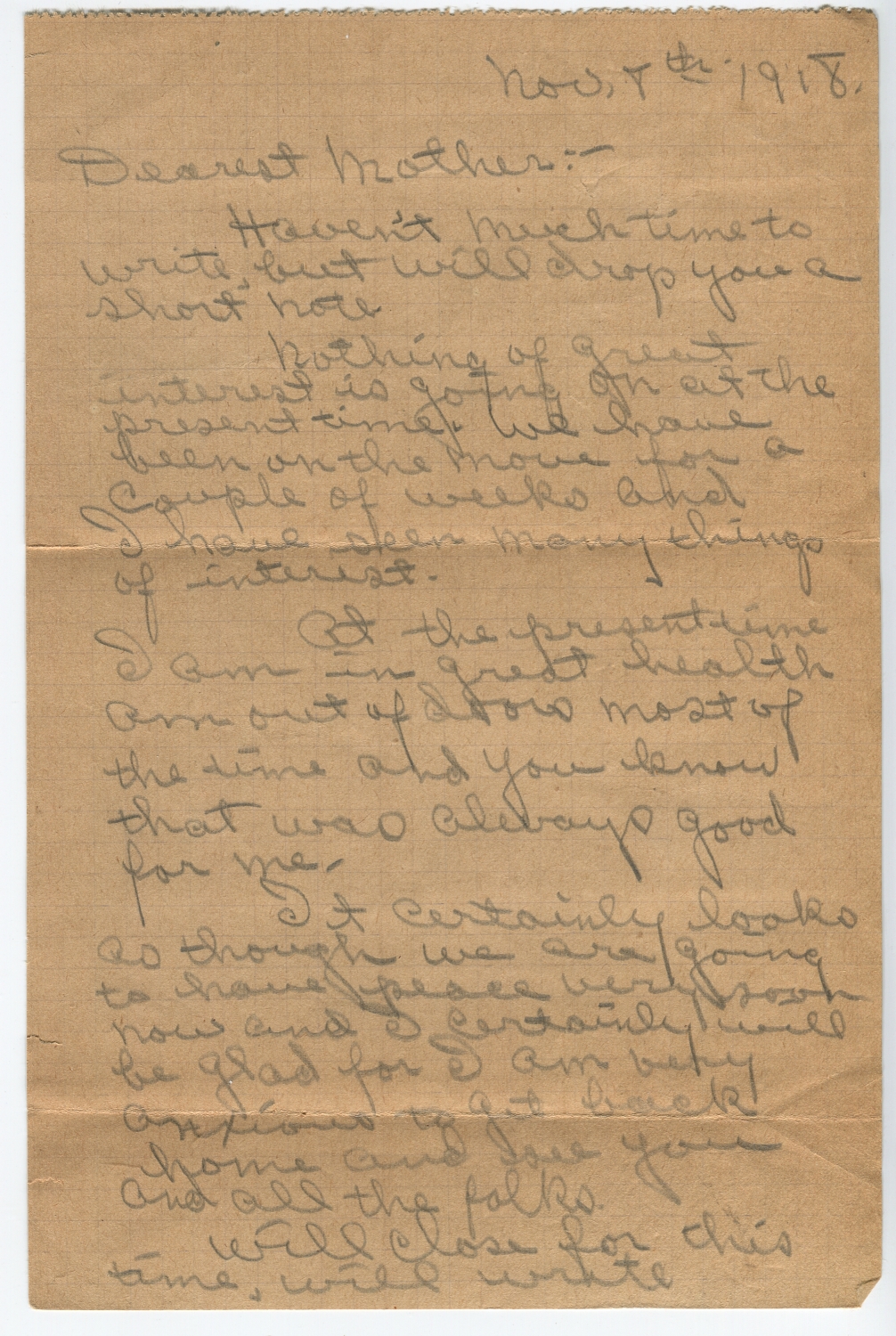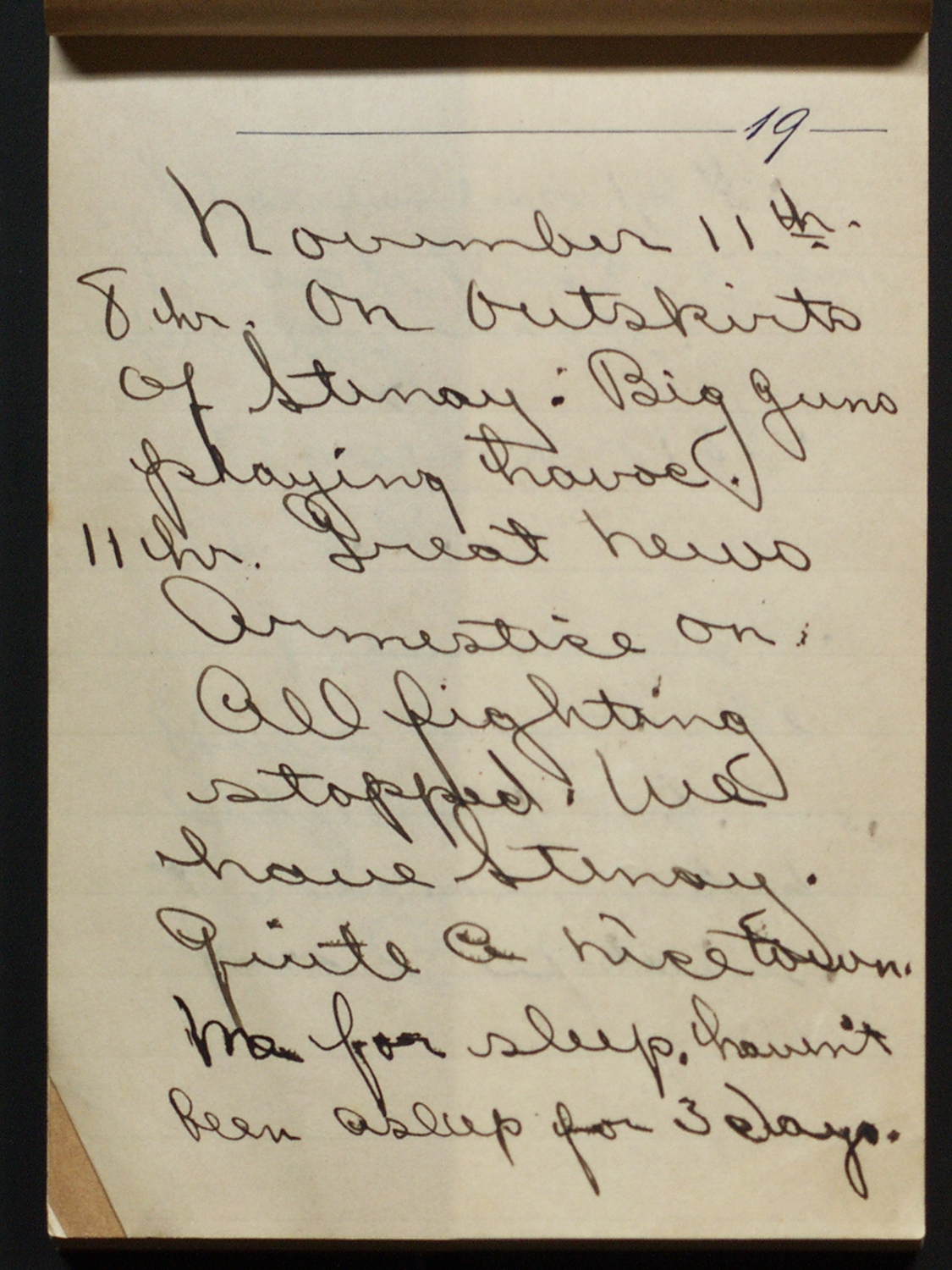In the Trenches of World War I
Introduction
World War I (1914-1918) was like no other war before. While it was not the first military conflict that pitted many states against each other, never before had so many countries and nations fought a war on that scale. Tens of millions of men from all over the world were sent to the frontlines. The unprecedented development of technology by the early 20th century made fighting more brutal and violent than in any previous war. Sophisticated military equipment, including machine guns, aircraft, and tanks, was used on a mass scale. Novel military strategies and weapons were advanced, including chemical warfare (using toxic gasses to poison and disorient the enemy). Chemical warfare was particularly treacherous because gas particles were “invisible” and servicemen could not easily hide from them. While trenches, or a complex system of long and narrow excavations in the ground, could provide some shelter from the enemy attacking with machine guns, they did not protect troops from poisonous gasses.
World War I also marked the first time in US history when American troops were sent abroad to defend foreign soil. Four million men served in the United States Army by the end of the war in 1918, with an additional 800,000 in other military service branches. Around half of those men were sent overseas. This activity examines the experience of Jim Guy Tucker Sr., an Arkansas man who fought in World War I. Two documents used in this exercise document Tucker’s experience in France during the Meuse-Argonne Offensive.
The Meuse-Argonne Offensive was part of the final Allied offensive of World War I. It was fought in France from September 26 to November 11, 1918. The Meuse-Argonne Offensive was the largest operation of the American Expeditionary Forces (commanded by General John J. Pershing) in World War I, with over one million American soldiers participating. It was also the deadliest campaign in American history, resulting in over 26,000 soldiers killed in action. The armistice, signed on November 11, 1918, ended the offensive.
Activity Questions
Letter from Jim Guy Tucker, Sr., to his mother, page 1
- When was the letter written? Compare this date to the date when the opposing sides that fought in World War I signed the armistice, or an agreement to end fighting. This day, known as Armistice Day, was November 11, 1918.
- To whom is this letter addressed?
- What does Tucker tell his mother about his experience in Europe?
- Does Tucker seem to enjoy his time in Europe?
World War I journal of Jim Guy Tucker Sr., page 18
- What does Tucker’s personal diary tell us about his wartime experience?
- Based on this diary, how would you describe the experience of a soldier who fought in World War I?
- For whom is a personal diary usually written?
- Find the diary page written on the same day when Tucker wrote the letter to his mother that you analyzed earlier. What did Tucker write in the diary on that day?
- This diary provides a very different account of events than the letter your read earlier. Which document is more trustworthy? Why?
- Do you think that Tucker lied to his mother? If yes, why do you think he lied?
Primary Sources
To learn more about the primary sources featured in the activities above, click the following links:
Arkansas Social Studies Standards
Arkansas History, Grades 7 – 8
- Strand: History Content Standard 7: Students will examine the impact of historical events and people on the development of Arkansas.
- H.7.AH.7-8.6 Investigate social, economic, and political effects of World War I and World War II on various segments of the population in Arkansas
US History Since 1890, Grades 9 – 12
- Strand: Era 7: Emergence of Modern America 1890-1930
- Content Standard 1: Students will evaluate the territorial expansion and foreign policy of the United States between 1890 and 1930.
- Era7.1.USH.3 Analyze the historical significance of battles, events, and people during WWI
- Era7.1.USH.4 Investigate social, economic, and technological effects of World War I on American society
Arkansas History, Grades 9 – 12
- Strand: Era 4: Early 20th Century 1901-1940
- Content Standard 4: Students will analyze factors that influenced the perspectives of Arkansans in the early 20th century.
- Era4.4.AH.9-12.3 Evaluate effects of World War I on Arkansans using a variety of primary and secondary sources
World History since 1450, Grades 9 – 12
- Strand: Era 8: Crisis and Achievement 1900-1945
- Content Standard 3: Students will analyze the reasons for and consequences of early 20th century crises and achievements.
- Era8.3.WH.8 Use appropriate sources to answer student-generated compelling and supporting questions about major conflicts in the early 20th century
Key Terms
Downloadable Guides and Handouts
We encourage K-12 educators to use History Alive: Virtually! in a way that will best match their classroom needs. The “Exercise” handout includes a complete exercise as featured on this website, the “Primary Sources” handout includes only primary sources used in the exercise, and the “Questions” handout includes analytical questions from the exercise but is editable and can be easily changed to best match students’ needs.
In the Trenches of World War I – Exercises



